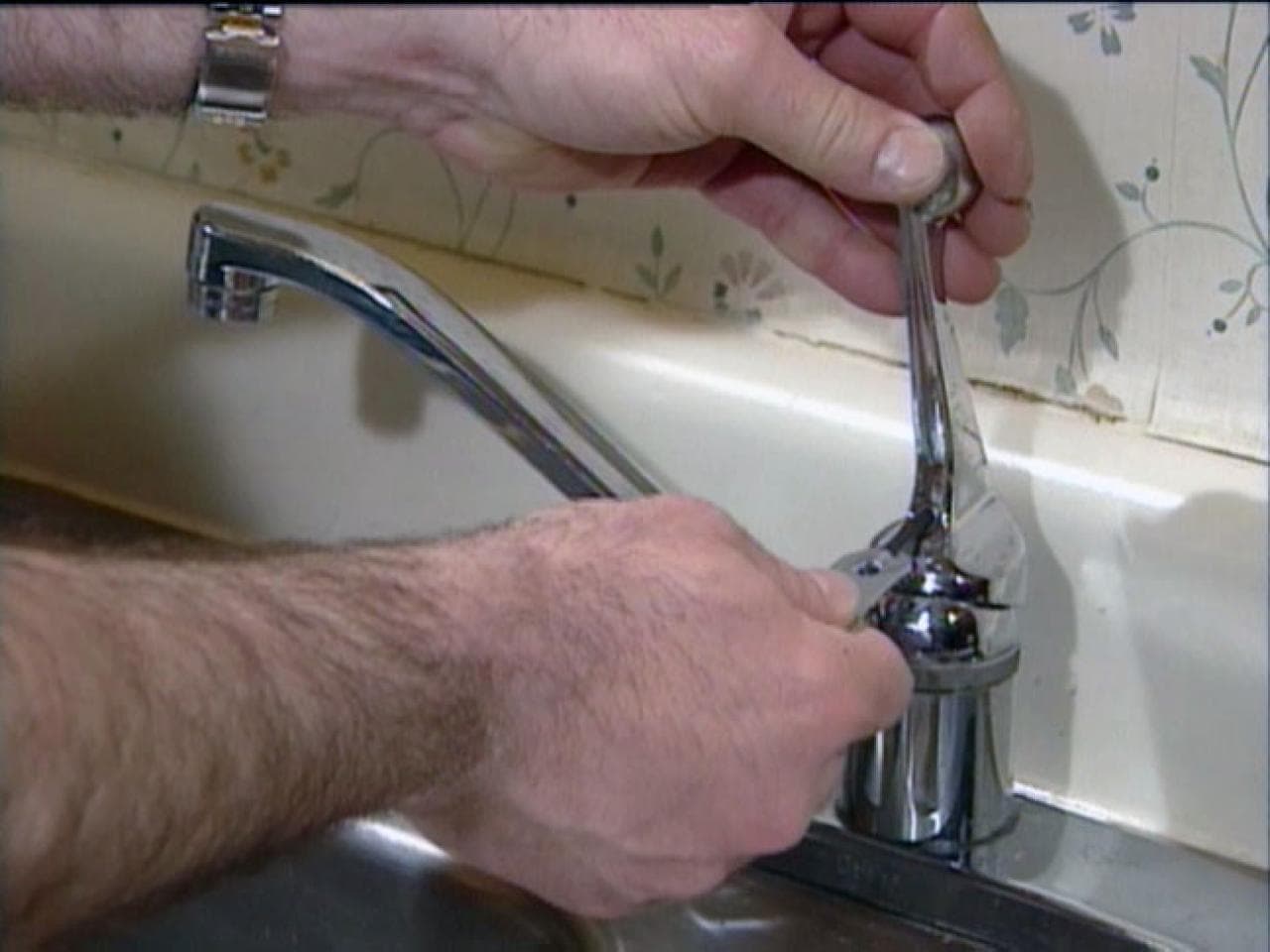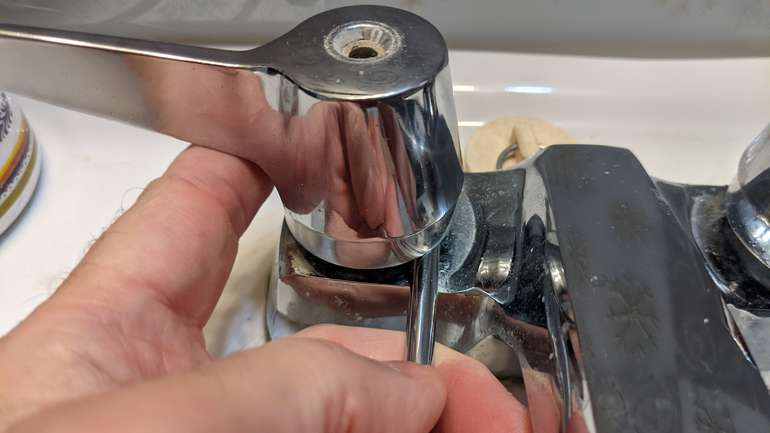What It's Required to Fix a Dripping Faucet
What It's Required to Fix a Dripping Faucet
Blog Article
Everyone has their own opinion on the subject of Why Is It Important To Fix Your Leaking Tap/Faucet?.

Leaking taps may feel like a small aggravation, but their impact goes beyond simply the aggravation of the audio. From drainage to sustaining unnecessary monetary costs and health risks, overlooking a trickling tap can result in various consequences. In this article, we'll look into why it's vital to address this usual family problem promptly and properly.
Waste of Water
Ecological Influence
Dripping taps contribute significantly to water wastefulness. According to the Epa (EPA), a single faucet trickling at one drip per secondly can lose more than 3,000 gallons of water each year. This not just stress water resources yet additionally impacts ecosystems and wild animals based on them.
Financial Costs
Boosted Water Bills
Past the environmental influence, leaking taps can pump up water costs significantly. The built up wastefulness in time converts into higher energy expenses, which might have been stayed clear of with timely fixings.
Potential Residential Property Damages
Furthermore, extended leaking can cause harm to components and surfaces surrounding the faucet. Water build-up can trigger discoloration, deterioration, and even structural issues if left unattended, leading to extra fixing costs.
Health Concerns
Mold and Mildew Growth
The consistent presence of moisture from a trickling faucet creates a suitable environment for mold and mildew growth. These fungi not just compromise interior air top quality yet additionally position health and wellness dangers, especially for people with respiratory problems or allergic reactions.
Waterborne Diseases
Stationary water in leaking faucets can become a breeding place for germs and other virus, boosting the risk of waterborne conditions. Contaminants such as Legionella microorganisms flourish in stationary water, potentially bring about major ailments when ingested or breathed in.
DIY vs. Specialist Repair work
Benefits and drawbacks of DIY Repair Service
While some might attempt to take care of a trickling tap themselves, DIY repair work feature their very own collection of challenges. Without correct expertise and tools, DIY attempts can intensify the problem or cause insufficient fixings, lengthening the trouble.
Advantages of Working With a Specialist Plumber
Working with a specialist plumber makes certain that the underlying cause of the dripping tap is resolved properly. Plumbing professionals have the experience and devices to identify and repair tap problems efficiently, conserving time and decreasing the threat of additional damage.
Step-by-Step Overview to Repairing a Dripping Tap
Tools Required
Prior to attempting to deal with a leaking tap, gather the necessary devices, including a flexible wrench, screwdrivers, replacement components (such as washing machines or cartridges), and plumber's tape.
Typical Tap Issues and Their Solutions
Identify the kind of tap and the particular concern causing the drip. Typical problems include damaged washing machines, corroded valve seats, or faulty O-rings. Refer to producer instructions or online tutorials for step-by-step assistance on repair work.
Preventive Measures
Regular Upkeep Tips
To avoid dripping faucets, execute routine upkeep such as cleaning aerators, examining for leaks, and changing damaged components without delay. In addition, take into consideration installing water-saving tools or updating to extra reliable components.
Relevance of Prompt Services
Resolving trickling taps as soon as they're discovered prevents further water wastefulness and prospective damage, ultimately conserving both water and money in the long run.
Impact on Residential Or Commercial Property Value
Assumption of Well-Maintained Residential Property
Maintaining a residential or commercial property in good condition, consisting of attending to maintenance problems like dripping faucets, enhances its regarded value and charm amongst prospective customers or tenants.
Impact on Resale Worth
Residences with properly maintained plumbing fixtures, consisting of taps, command greater resale values in the realty market. Resolving leaking taps can add to a favorable impression during residential property examinations and negotiations.
Environmental Responsibility
Private Contribution to Conservation
Taking obligation for taking care of leaking faucets straightens with more comprehensive initiatives towards water preservation and ecological sustainability. Every individual's actions collectively make a significant impact on maintaining priceless sources.
Sustainable Living Practices
By prioritizing punctual fixings and embracing water-saving routines, individuals contribute to lasting living methods that benefit both existing and future generations.
Final thought
Addressing a trickling faucet goes beyond simple benefit; it's an essential action toward saving water, minimizing financial prices, and protecting health and wellness and building. Whether with DIY fixings or professional assistance, taking action to deal with dripping taps is a tiny yet impactful way to promote accountable stewardship of resources and add to a much healthier, more sustainable future.
Most Common Reasons for a Leaky Faucet and How to Stop the Drip
Whether it’s your kitchen faucet leaking or a bathroom faucet leaking, one leaky faucet can waste anywhere from three to 30 gallons of water every single day. If the constant drip-drip-drip doesn’t get your attention, your water bill will. The good news is that, by following a few simple steps, chances are pretty good you can fix the problem yourself.
Why is it dripping?
Before you start taking things apart, let’s break down some of the most common causes of a leaky faucet.
Bad O-ring.
A cartridge is a valve that controls the flow of water into the faucet spout. On cartridge faucets there’s an O-ring—the little disc attached to the stem screw that holds the faucet handle in place. If it’s loose or worn-out, it can cause your sink handle to leak. Of course, the cartridge itself could be worn out. If that’s the case, make sure you replace it with the exact same kind.
Corroded valve seat.
The valve seat connects the faucet and the spout. If the leak seems to be coming from the spout, it might be because a buildup of water sediment has corroded the valve seat.
Worn-out washers or seals.
A leaky spout could be caused by a bad washer that rests against the valve seat. It’s just a matter of time before friction takes its toll. It could also be the wrong size washer or one that’s been installed incorrectly. Water sediments can also corrode inlet and outlet seals.
Water pressure.
If the faucet only drips now and then, or when you turn the handles a certain way, you should probably check your home’s water pressure.
Loose or broken parts.
The adjusting ring and packing nuts in the stream screw can become loose over time, causing your sink handle to leak. Try tightening or replacing the packing nut. If the leak is coming from the pipes underneath the sink, you probably have a broken pipe or fitting. If that’s the case, you should definitely call a plumber.
Know your faucet.
Faucets come in a variety of types. Each one has its own assembly—and its own possible causes of leaks. Learning about the four most common kinds of faucets will help you know how to take them apart and make any repairs.
How to stop a leaky faucet
Fixing that leaky faucet doesn’t have to take a lot of time, money, or expertise. It’s usually a simple matter of replacing a worn-out washer or gasket, a loose O ring, or another part. Chances are really good you can do this yourself if you follow these simple steps.
Shut off the water.
Before you tackle the faucet, cut off the water supply to the sink. There should be one valve for hot and one for cold. Hand-turn them clockwise with your hands till they close. If there are no valves under the sink, head to the basement and shut off the main water supply to the house. Then turn on the faucet until it empties out the water that’s still in the line and you’re ready to start. It’s a good idea to cover the sink drain with a plug or a rag so you don’t lose any small pieces and parts while you’re working.

As a passionate person who reads about Why Is It Important To Fix Your Leaking Tap/Faucet?, I assumed sharing that piece of content was essential. Liked our content? Please quickly share it. Help other people check it out. We thank you for reading our article about Water Dripping from Faucet: Why and How to Fix.
Report this page